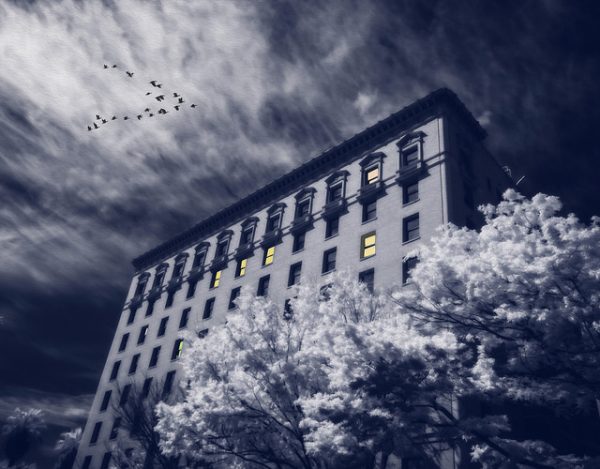Turns Out Behavioral Nudges Work

Photo credit: Robert Couse-Baker, CC BY 2.0.
Today in “remember how Richard Thaler won the Nobel Prize in Economics?” we go to Bloomberg Businessweek and Sacramento’s recent decision to automatically enroll people in variable-pricing electricity plans (essentially, they’d get charged more for electricity during peak usage hours):
The customers who had been automatically enrolled in variable-pricing plans ended up embracing them, albeit slowly. Those enrolled in the “critical peak pricing” plan cut their electricity consumption during high-cost peak periods by 7 percent. By shifting their consumption to cheaper, off-peak periods, they reduced their monthly bills on average. The 7 percent decline was meaningful, although not as big as the 25 percent reduction by people who opted in to the plans and were presumably savvier consumers.
This is a win-win for both consumers and the city of Sacramento. (It costs a lot of money to provide a lot of people with electricity, especially during peak hours.)
But here’s my question: how did they cut their electricity consumption? Did they turn off the lights and bask in the glow of their fully-charged laptops and phones? My guess is that they probably turned their air conditioners up a few degrees—or maybe turned them off completely during peak periods—but I’m still curious about how they started using 25 percent less electricity.
Any Sacramento Billfolders want to weigh in?
Support The Billfold
The Billfold continues to exist thanks to support from our readers. Help us continue to do our work by making a monthly pledge on Patreon or a one-time-only contribution through PayPal.
Comments